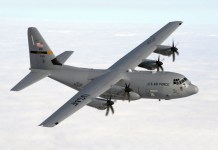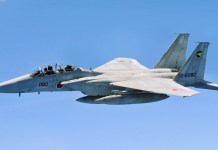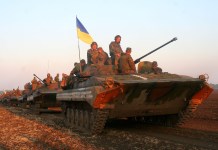In November, Ukraine’s Military Intelligence announced that Russia and Iran were preparing a draft agreement on supplying ballistic missiles to Russia. However, almost a month later, Tehran’s missiles were not delivered to Moscow.
China’s ‘ICBMs’ Rattle Australia; New Report Says ‘Two-Third’ Of The Country Within Missile Range; US To Boost Military Presence
British Nuke-Armed Submarine Operates For ‘Record Breaking’ Period; UK Navy Veteran Highlights ‘Threat To Nuclear Weapon Safety’
In a startling development, a senior Ukrainian presidential adviser, Mykhailo Podolyak, has revealed that Iran has not yet transferred ballistic missiles to Russia and may not do so owing to diplomatic pressure and internal political unrest in Iran, The Guardian reported.
In addition, Podolyak informed the publication that Russian forces had run out of their initial batch of Iranian drones and only had enough cruise missiles for “two or three” more large strikes against Ukraine.
This latest admission by a high-ranking Ukrainian official is significant as Russia launched a fresh strike on December 5 and has been incessantly attacking Ukraine’s energy infrastructure.
Even though officials in Kyiv maintain that the Ukrainian troops shoot down most incoming missiles, several parts of the country plunged into darkness in the last few days.
After successfully using Iran’s Shahed-136 kamikaze drones against Ukraine, Russia offered to buy Iranian missiles to replenish its depleting arsenal. Previous reports had indicated that Iran would transfer its Fateh-110 missile, with a range of about 300 kilometers, and the Zolfaghar missiles, about 700 kilometers, to Russia.
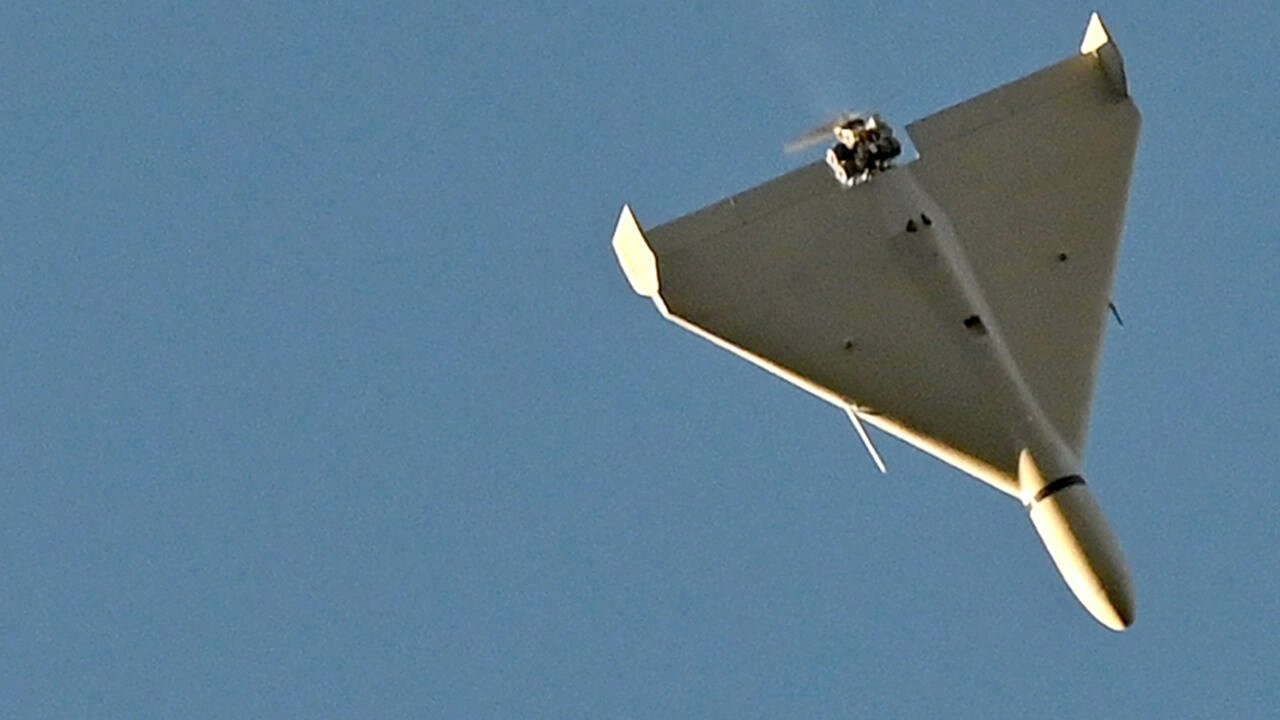
However, according to Ukraine’s recent assertion, the transaction has not yet been completed between Moscow and Tehran. “Iran has come under huge diplomatic pressure, and the protests have also raised pressure on the government,” the Presidential advisor stated from his Kyiv office. EurAsian Times could not independently corroborate these claims.
According to the report, Western governments also believe that Iran has not decided whether to supply Russia with missiles, which reflects, in part, how deeply Tehran wants to be drawn into the Ukraine conflict and its long-term relationship with Moscow.
“Iran will want to think carefully about what it’s committing, but there’ll also be a deeper conversation about what arrangement the Iranians and the Russians are coming to,” said an unnamed western official.
These claims made by Kyiv and its western allies are significant amid reports that Russia has stopped deploying Iranian drones in combat. Recently, a spokesman for the commander of the Joint Forces of the Armed Forces of Ukraine for Strategic Communications, Yevgeny Silkin, announced that Moscow had drastically reduced the deployment of Iranian drones in the last two to three weeks.
Silkin claimed that the use of Iranian drones is decreasing as every flying object, such as a drone, is made of plastic and contains materials prone to freezing and harsh weather.
However, he added that Russia could continue to acquire UAVs and other equipment even during sub-zero temperatures. If the missiles are not coming to Moscow, Iran’s military support to its ally Russia could be seen as withering.
Russia Needs Missiles For Strikes
Western intelligence confirmed Ukraine’s assessment that Russia has used nearly 70% of its precision missiles. This is precisely why Russia turned to Iranian ballistic missiles, which may not be as advanced as its own but are cheaper and would have come in handy in delivering repeated blows and overwhelming Ukraine’s air defense systems.
As previously noted by EurAsian Times, Iranian ballistic missiles are undeniably inferior to Russian missiles in terms of technology. They lack canister launch and thrust vector control (TVC) for steering. Their ballistic trajectory is predictable, and they lack anti-ballistic missile escape capabilities such as end-game maneuverability.
However, these missiles still have a track record. Iran has hit US bases in Iraq successfully and pretty accurately. Iranian missiles are a low-cost option for Russia to target Ukrainian infrastructure. Russia has roped in its cruise missiles while using its Iskander ballistic missile only sparingly, targeting high-value targets.
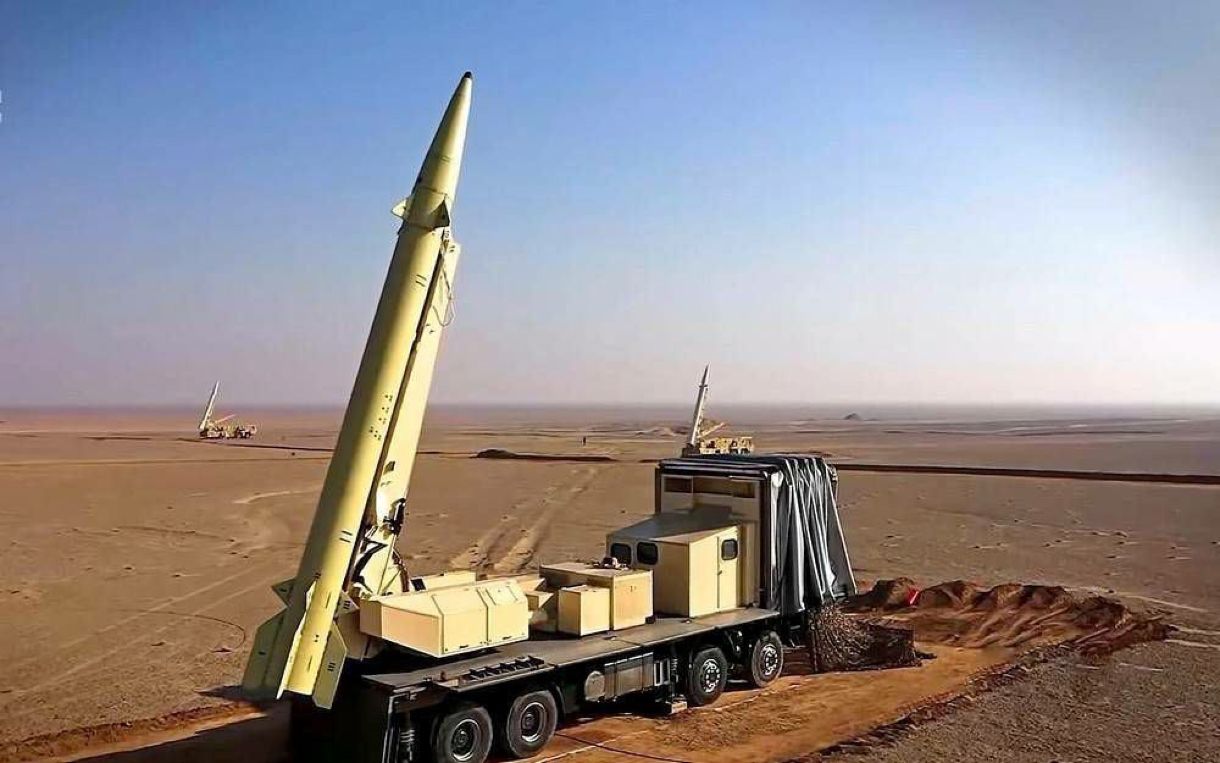
While Ukraine and Western officials have maintained that the Russian missile stockpile is nearly depleted, repeated missile attacks on Kyiv since October that have damaged or destroyed half of the electricity network have raised questions about the true extent of the Russian arsenal.
A recent report in The New York Times has confirmed that Russia continued to manufacture cruise missiles despite Western sanctions. The analysts of Conflict Armament Research, who studied the debris of Russian Kh-101 missiles found near Kyiv after the November 23 missile attack, concluded that it was produced last summer and in September 2022.
According to one of the researchers, Russia’s ability to make cruise missiles could indicate that Moscow has discovered means to avoid sanctions and import semiconductors – or that it had enough stockpiles of high-tech components before the full-scale invasion of Ukraine.
However, Ukraine’s Military Intelligence Chief, Kyrylo Budanov, said, “The stockpile of high-precision weapons in the Russian Federation is already nearing its end. They have long since reached a critical minimum. However, as we can see, they decided to go all the way, that is, to zero.”
That being said, Russia has upped the ante against Ukraine after it struck two air bases deep inside Russian territory with modified Soviet-era drones.
These strikes are expected to continue in full swing, mainly aimed at crippling Ukraine’s electricity and water infrastructure. However, Russia does need missiles for continuing strikes, and Iran’s support would bolster its offensive.
- Contact the author at sakshi.tiwari9555 (at) gmail.com
- Follow EurAsian Times on Google News

